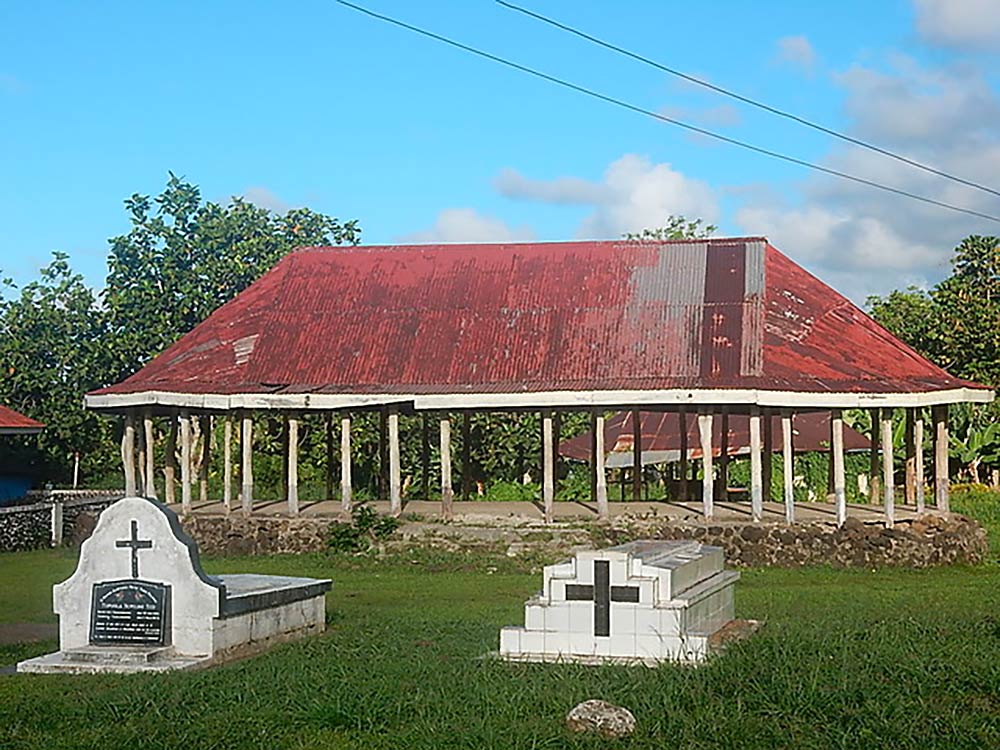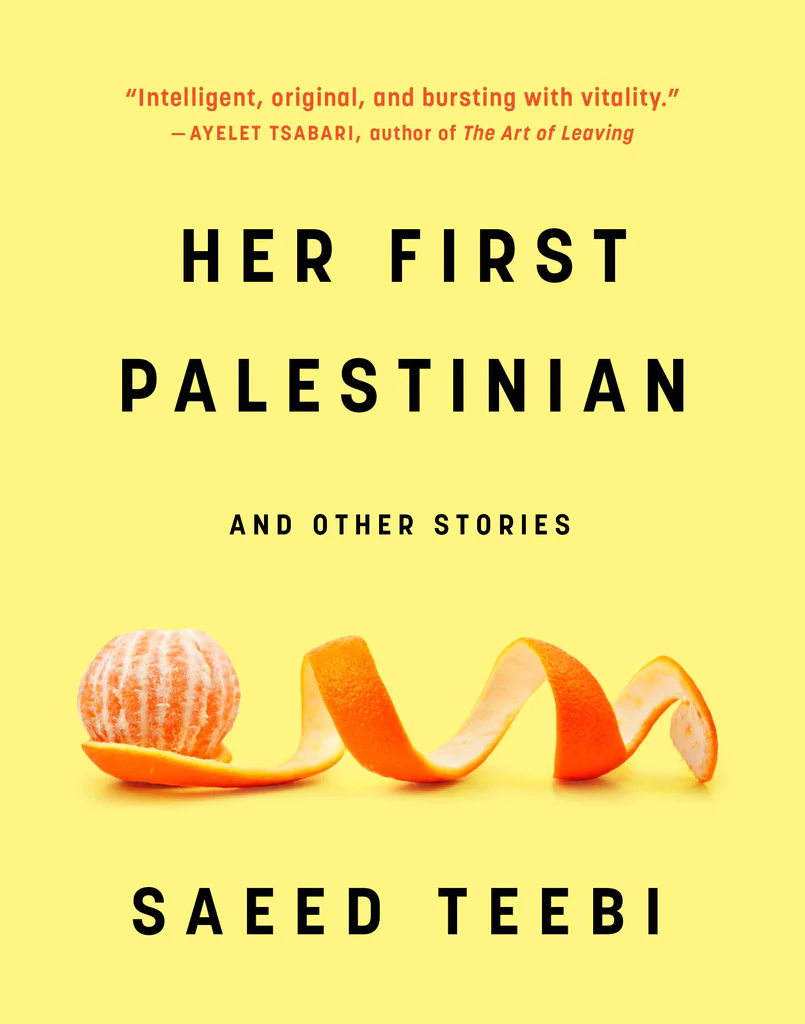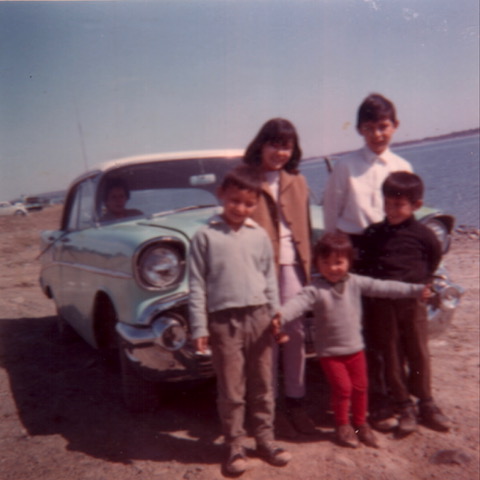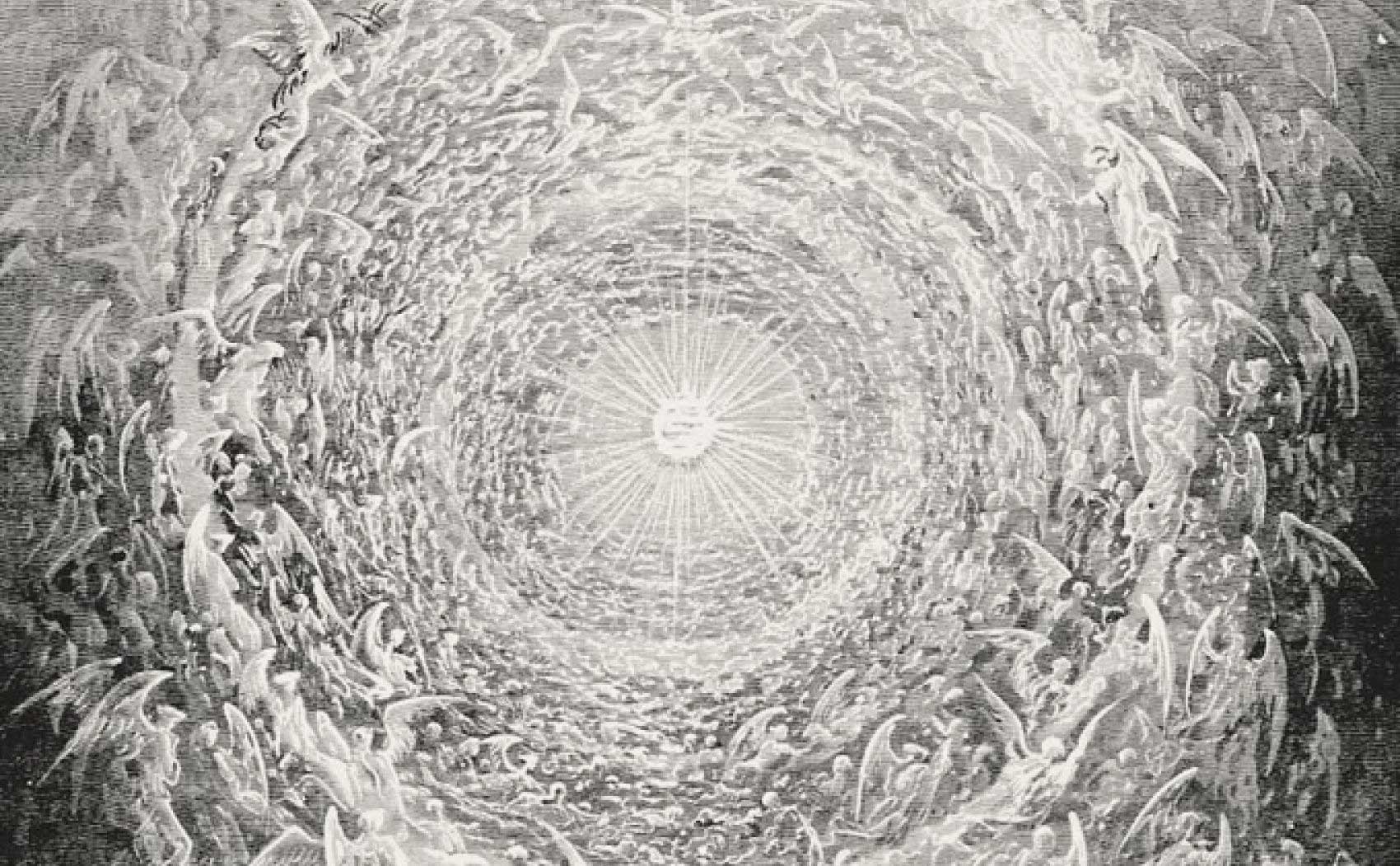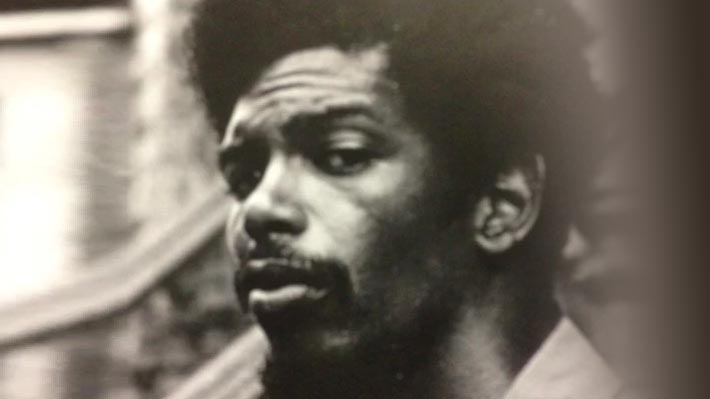The 41st Montreal’s Festival du Nouveau Cinema (10-21 October) follows in the heels of the 8th International Montreal Black Film Festival held in Montreal Serai’s hometown and reviewed by us. Montreal is a very festive and highly cultural city. Faced with this embarrass de choix how does one choose what to review? We decided to go with the flow. Do likewise. Take what suits you and leave out the rest. Enjoy!
****
Baikonur, 2011, Kazakhstan/Germany/Russia.
Everybody knows the story of The Sleeping Beauty and The Prince. Baikonur is a modern-day rendering of this legendary love story, except that 21st Century fairy tales do not unfold in ancient Germanic forests nor do they end as predicted. The Steppes of Kazakhstan are the setting for this fable. Julie, the Sleeping Beauty, is a sexy French billionaire who paid a fortune for a space trip which does not guarantee a soft landing and “Gagarin”, the Prince, is a naïve Kazakh ham-radio operator who wakes her up from a space-induced coma with a kiss. The rest of the protagonists are real-life Kazakh nomads who earn a living chasing after space-craft debris on their camels, motor bikes and horses. Baikonur is the Soviet/Russian cosmodrome where cosmonauts are trained and space-craft launched.
In this film you will learn about the rigorous training undergone by cosmonauts, the harsh but exhilarating life of nomads in the Steppes and the possibilities of survival for transcultural love-affairs. The photography is stunning, both on Earth as well as in space, the language poetic, the story-line humorous and the lesson clear: why reach out for the stars when there is beauty in our own backyard?
****
Midnight’s Children, Sri Lanka/Canada, 2012.
Reviewed by Maya Khankhoje
Compressing a 600-page novel into two-and-a-half hours of film is as daunting a task as compressing 60 years of Indian history into 600 pages. Director Deepa Mehta and author Sir Salman Rushdie took on the task with admirable results. The film is faithful to the novel and the novel is faithful to history. However, let us not be dazzled: the response of the Montreal public was warm but apparently not as warm as that of their Toronto counterparts during the Toronto International Film Festival. Opinions also varied regarding the pacing of different episodes, both personal and historical, and the question that always crops up when cinema – or literature for that matter- tries to depict Indian reality: is this exoticism or does this represent the stark truth?
To recap the story line for those who have not yet seen the film or read the novel (and I urge you to do both), Midnight’s Children is the story of two boys born at the stroke of midnight when India became independent. One is Muslim and the other one is Hindu. They are switched at birth so as to “let the rich be poor and the poor rich” the attending nurse’s interpretation of socialism. Their lives and that of their parents follow the life of the Indian subcontinent under British yoke, its bloody separation during independence, the succession of military dictatorships in Pakistan, the breaking away of East Pakistan from West Pakistan (with India’s help) and the subsequent creation of Bangla Desh. Midnight’s Children shatters the image many foreigners have of the Nehru/Gandhi dynasty mystique when the atrocities Indira Gandhi committed during “the emergency” are depicted in this opus magnum. It is this bit of bitter truth that forced Deepa Mehta to make the film in Sri Lanka, fearing violent reactions back home.
The lives of these two boys have their ups and downs, mirroring the life of their countries. So do the lives of the women who are as strong as the acting. The visuals are stunning, not surprising for Deepa Mehta’s work, the score is spellbinding and Rushdie’s voice, authorial and vocal, (he does the voice over) is the narrative thread that provides context and a moving personal touch.
Do see the movie. With Deepa Mehta, Rushdie and India as ingredients you are bound to have a spicy feast.
****
Neighboring Sounds, Brazil, 2011.
By Maya Khankhoje
Neighboring Sounds, directed by first-time director Kleber Mendoca Filho, shares many features with Good Luck, Sweetheart (reviewed by Serai below). Both were shot in Recife, a Northeastern port in Brazil, and its hinterland; both deal with the rapid changes brought about by urbanization and the conversion of a feudal economy into real-estate speculation; both have a grandfather and a grandson as important characters; both use a doomed romance as the backbone of the story line; both show the stark contrast between the poor and the affluent and both are full of suspense. The sound track in both is what one would expect from the musical genius of Brazilians and the cinematography is excellent. Did I also mention that both films won previous awards as well?
But the similarities stop here. Whereas Good Luck, Sweetheart meanders slowly back to its source, Neighboring Sounds builds up to its final destiny.
****
Post tenebras lux, Mexico, France, Germany, Netherlands, 2012
Reviewed by Prasun Lala
This film’s lack of clear narrative and frequent jumps in time are exactly the type of daring that is missing from standard Hollywood fare (a topic my film companion and I enthusiastically discussed after the showing). Nominally, this is the “story” of a young, well-to-do family living in a large house in the country. Apparently, Carlos Reygadas (writer and director) relied on many autobiographical elements in creating his vision. His use of distorting visual filters over the wondrous cinematography, surprising scene edits, and booming soundscapes are beautifully jarring; we are never quite sure whether or not we are in a dream world.
According to Wikipedia, Post tenebras lux is a Latin phrase which means Light After Darkness and was adopted as the motto for Calvinism. Perhaps an academic might argue that this film of the same name makes passing references to some of the tenets of Calvinism, with its juxtaposition of the rich and poor classes in Mexico, scenes of “depravity”, and ambiguous “redemption”. None of these thoughts were going through my head as I watched the beautifully shot, impressionist cavalcade of images and sounds. I thought about, and strongly felt, tension.
For me, this is a film to be absorbed through the senses, not intellectually dissected. Critical response has been equivocal, but I personally side with the jury of the 2012 Cannes Film Festival who awarded Carlos Reygadas Best Director for Post tenebras lux.
****
My Land, France/Morocco, 2011.
By Maya Khankhoje
My Land is a feature documentary produced and directed by Nabil Ayouch, son of a Moroccan Muslim man and a French Jewish woman of Algerian origin. It has been entirely produced without funding from any organization thanks to the generosity of a private patron. It consists of several interviews with elderly Palestinian refugees in Lebanon who in 1948 were forced out of their homes in what is now Northern Israel. These interviews were recorded and shown to the young Israelis living in their former homes. Before and after interviews with these young people differ dramatically. Even though not all these settlers have the same understanding of history and would not dream of relinquishing “this paradise land” – they were all visibly moved by the account of the suffering of the Palestinian refugees. They did not, however, agree on whether the displaced Palestinians should return to their former homes or just “move on”. One of the Israeli interviewees, a former New Yorker in his nineties with a more comprehensive understanding of history, had an equally visceral reaction.
My Land is yet another film on the Palestinian/Israeli conundrum that offers a human perspective but no ready answers.
****
Good Luck, Sweetheart, Brazil, 2012.
By Maya Khankhoje
Good Luck, Sweetheart, directed by Daniel Aragao, is a film set in Recife, the prosperous capital of the Brazilian state of Pernambuco in the North East and the Sertao, its proverbially poor hinterland. Maria and Dirceu come from the same backwater town but they meet in Recife. He comes from the landed aristocracy, she comes from the rural poor. He works in demolition. She aspires to be a musician. He hungers for stability, she wants to flee from it all. This impossible love story unfolds against the backdrop of a colonial city that is rapidly being destroyed by the wrecking ball and construction cranes.
The photography is as luminous as Maria’s eyes and the black and white contrasts are as deep as Dirceu’s longing. The camera lazily caresses their faces and bodies belying the turmoil in their hearts. In the meantime, rural is giving way to urban, old to new, stability to change. You will carry this movie with you long after the credits have come to a stop.
Montreal, 11 October 2012.
[When Maya Khankhoje saw this film she felt saudade for the Recife she remembered from 30 years ago.]






